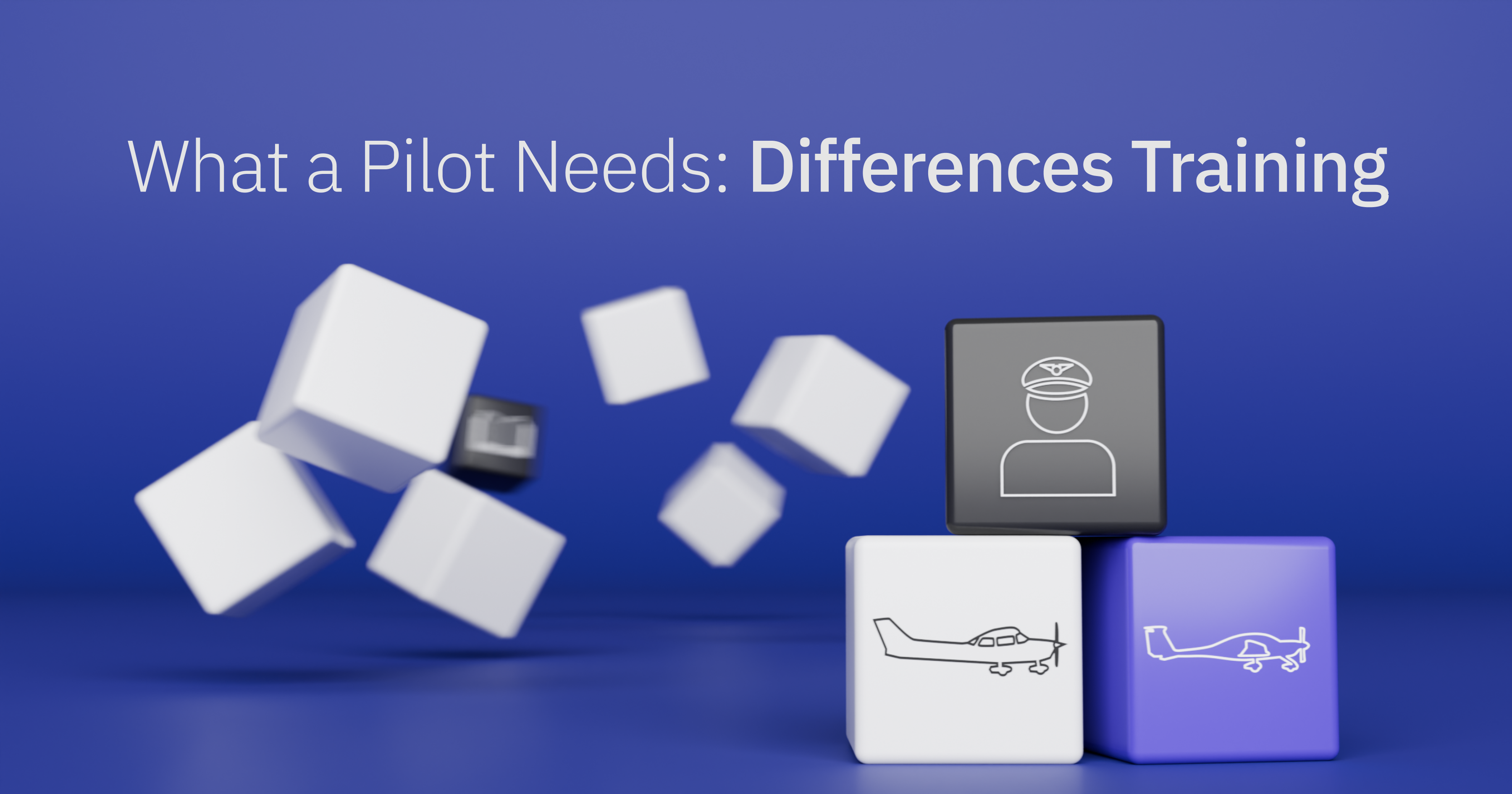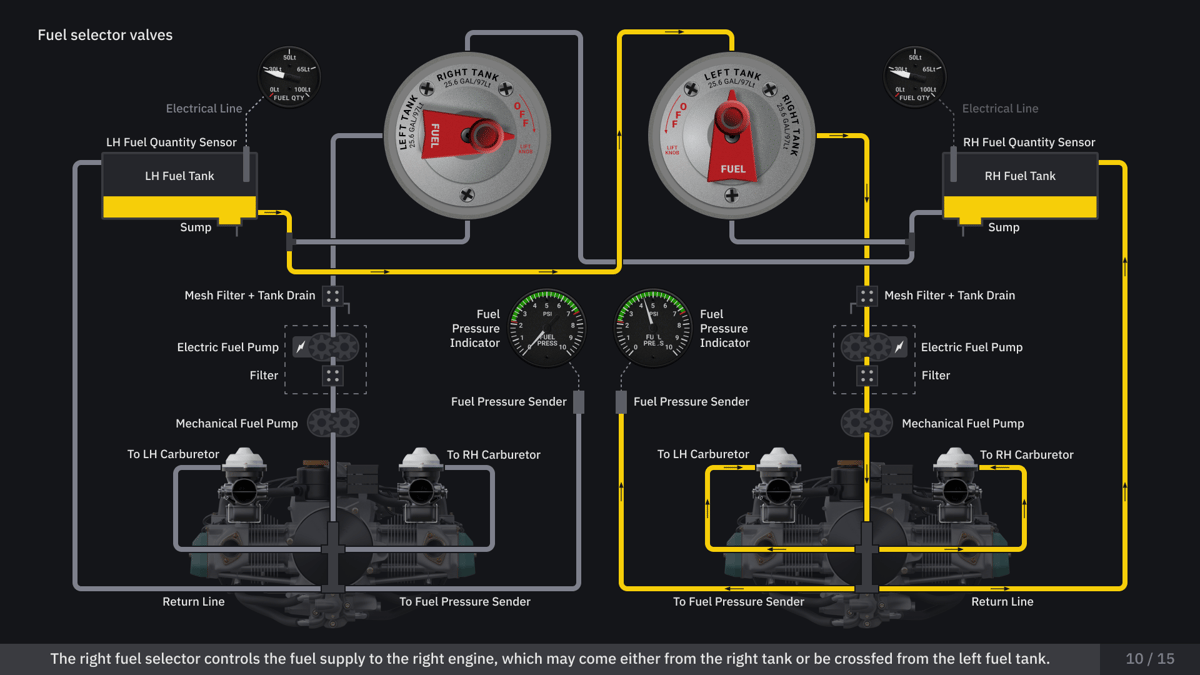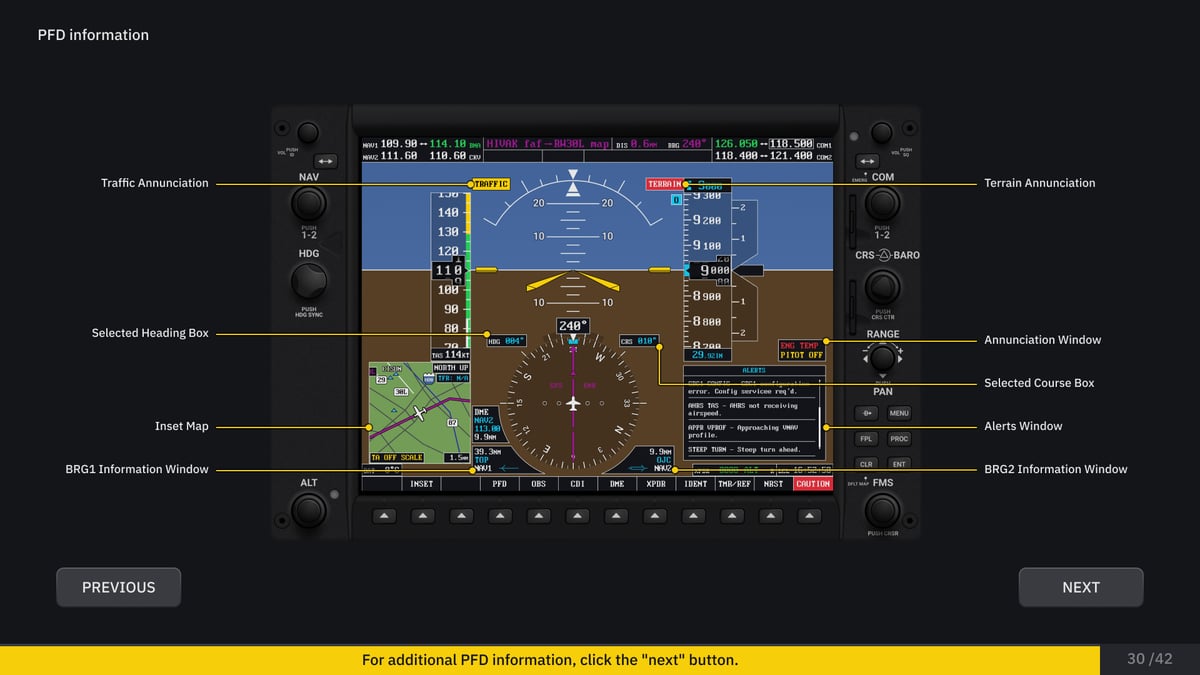What a Pilot Needs: Differences Training

I Trained on a Cessna 172 — Can I Fly a Diamond DA40? You're an experienced pilot, yet you will never grow tired of that exhilirating feeling of soaring high in your Cessna 172. She's been a true friend to you, but your head has been turned by a brand-spanking new Diamond DA40, there's nothing stopping you from switching from one to another, is there? After all, they're both single-engine aircraft powered by piston engines and both include glass cockpit systems like Garmin G1000. So, can you just hop from one aeroplane to another? Legally and practically, the answer is: not without Differences Training. Let’s see what this involves and why it’s essential for pilots, instructors, and Chief Theoretical Knowledge Instructors (CTKIs) who oversee training standards.
Why Differences or Familiarisation Training is Essential...
Transitioning to a new aircraft is a pretty exciting experience for any pilot, but without the right training, it can be fairly daunting. For example, flying a Diamond DA40 introduces new systems, like advanced avionics and variable-pitch propellers, that demand specific knowledge and skills. While the Cessna 172 and the DA40 both fall under the Single Engine Piston (SEP) category, here's what EASA regulations have to say before we start operating a new aircraft variant:

Before operating a variant within a class or type rating, the pilot shall undertake differences or familiarisation training.
EASA
Part-FCL.710
This is not just a regulatory box to tick. Differences Training ensures you approach your new challenges with confidence and competence. Fair enough, don't you think?
So What does Differences Training Involve?
Differences Training consists of two main elements:
- Theoretical Knowledge: This is where you will gain all those additional insights into aircraft-specific systems, their limitations, and operational procedures.
- Practical Application: For many, this is the fun part, where you get to train on an appropriate device or the aircraft itself, getting to know, erm, its 'differences' to the ones you already know.
In some cases, Familiarisation Training may be enough. If you're not familiar with familiarisation, and can't see the differences from differences training, let's hear from EASA again:
- Differences training requires additional knowledge and practical training on an appropriate training device or the aircraft.
- Familiarisation training requires only the acquisition of additional knowledge.
Now that we’ve explored the technical and legal definitions, let’s have a look at how modern solutions like eLearning simplify this process for everyone involved.
E-Learning: The Modern Solution to Aircraft System Training
E-learning has proven a cost-effective and superior alternative demanded by modern learners, and here are some ways they can make a difference:
- AFM Approach: Static technical diagrams paired with laboriously lengthy text for learners to grind through.
- CBT Approach: Moving images through interactive animations with narrated walkthroughs of system components and their operations where learners can control the pace of their learning.

Drag the slider to compare an AFM page with its engaging CBT equivalent—it’s a difference you’ll see and feel
Why Choose CBTs?
- Clarity: E-learning allows students to learn complex, frequently abstract concepts like fuel systems, avionics, and operating limits through visual animations and step-by-step guides, replacing dense technical jargon.
- Flexibility: Whether you're an early bird, a night owl, an introvert, extrovert or with a head full of things to do, with e-learning, you can access training materials anytime, anywhere, from any device, accommodating your schedule, your pace, and your way of being
- Engagement: Gamified quizzes and scenario-based learning transform study sessions into active, enjoyable experiences. With the right software tools and an LMS that works for you, you can even set up communities to engage with peers and instructors to share your experiences and newly-acquired knowledge.
- Efficiency: Reduce classroom time by assigning engaging online pre-learning modules, freeing up hours for practical instruction, and, if necessary, consolidation of a trainee's self-learning.
- Progress Monitoring: Let's imagine you have a class of 20 students. How well can you possibly remember each student's performance, their areas for development, their strengths? It's possible, but can cause a lot of sleepless nights. With e-learning, you can gauge and track all your students' performance, identify their weak areas, and customise lessons accordingly. Far easier than rummaging through sheets and sheets of paper when you have all the data at your fingertips.
- Consistency: All students learn the same standards with professionally designed CBT modules so we can always have an objective not subjective view of our students.
- Compliance Assurance: What's that knock on the door? Oh no - it's our aviation authority coming to check up on our records! Fear not, with e-learning all your record-keeping and progress tracking is automated so any unwanted "knocks" will not "knock you down" as your regulatory audits will be smooth and stress-free.
- Program Optimization: With insights into student outcomes and instructor efficiency through built-in analytics you can ensure the success of your programs is maximised, and then go off and tell the world about how successful your aviation training actually is.
- Training Quality: Standardise learning content across your organization, ensuring the best possible outcomes for ALL trainees. If you have multiple training organisations, multiple facilities, or a large team of instructors, standardisation across all your operations may seem like an unobtainable dream; with e-learning, standardisation is the glorious reality.
Marking the Differences, Making the Difference



.png?width=1200&length=1200&name=Piper%20PA44_7.03%20Airframe_S16%20(1).png)



We've seen just a few of the benefits learners, CTKIs, and instructors can gain by using CBTs in their differences training, but haven't we all come across some CBTs where AFM's are simply copied and pasted into electronic form and sold as "a modern solution"? So what makes differences and class rating training by Evionica anything different? The old expression "The Devil's in the Details" is important here:
- If a provider offers an immersive experience, examining all the differences between aircraft in a detailed, thorough, and easy-to-understand way;
- If learners of all levels and prior knowledge can control the pace of their learning and have access to abundant 3D graphics to explore their aircraft;
- If instructors know that the courses have been created by qualified, experienced pilots, are fully compliant with all regulatory requirements, and have access to all necessary student data;
- If CTKIs can demonstrate their success in delivering modern, effective training that their students can rely on, save money on in-house training, and customize the CBTs with ease, with assistance always available;
-
 Diamond DA42
Diamond DA42 -
 Tecnam P2006T
Tecnam P2006T -
 Cessna C172S
Cessna C172S -
 Piper PA44
Piper PA44 -
 Diamond DA40
Diamond DA40 -
 Tecnam P2008 JC
Tecnam P2008 JC -
.png?width=1920&height=960&name=Diamond%20DA20%20C1_HubSpot%20(1).png) Diamond DA20
Diamond DA20 -
 Tecnam P-Mentor
Tecnam P-Mentor
Explore our tailored Differences Training modules and experience the modern effective way to learn today.
If you would like to see a demo of our interactive CBTs or receive more details about our training solutions, contact us or visit our course pages to start your journey. Vive la differénce!

